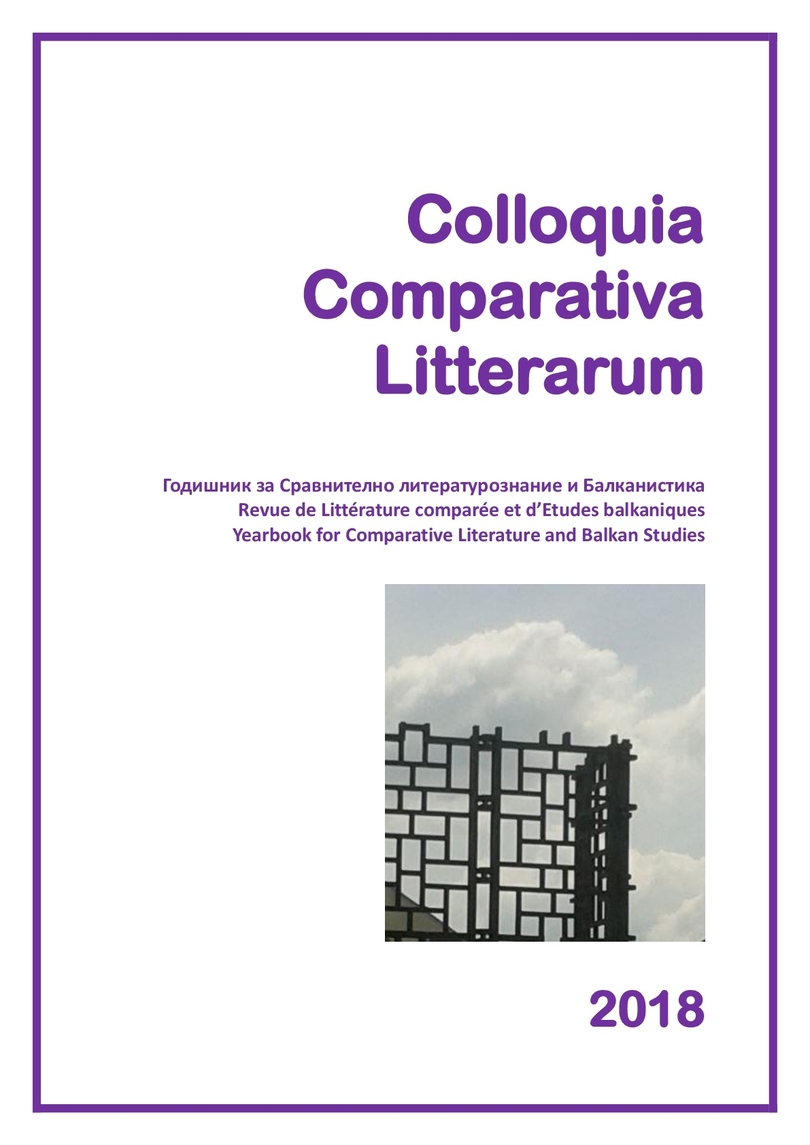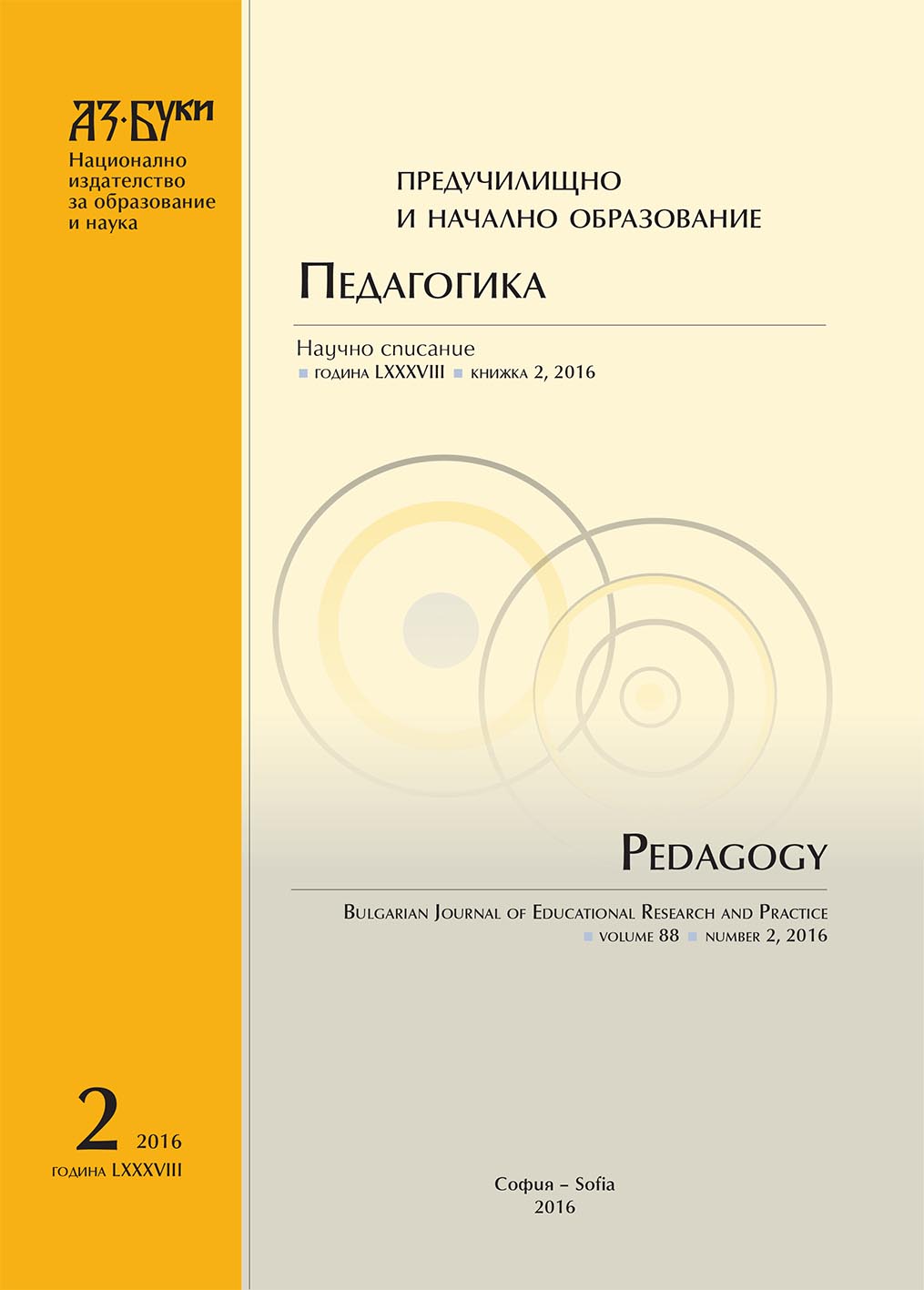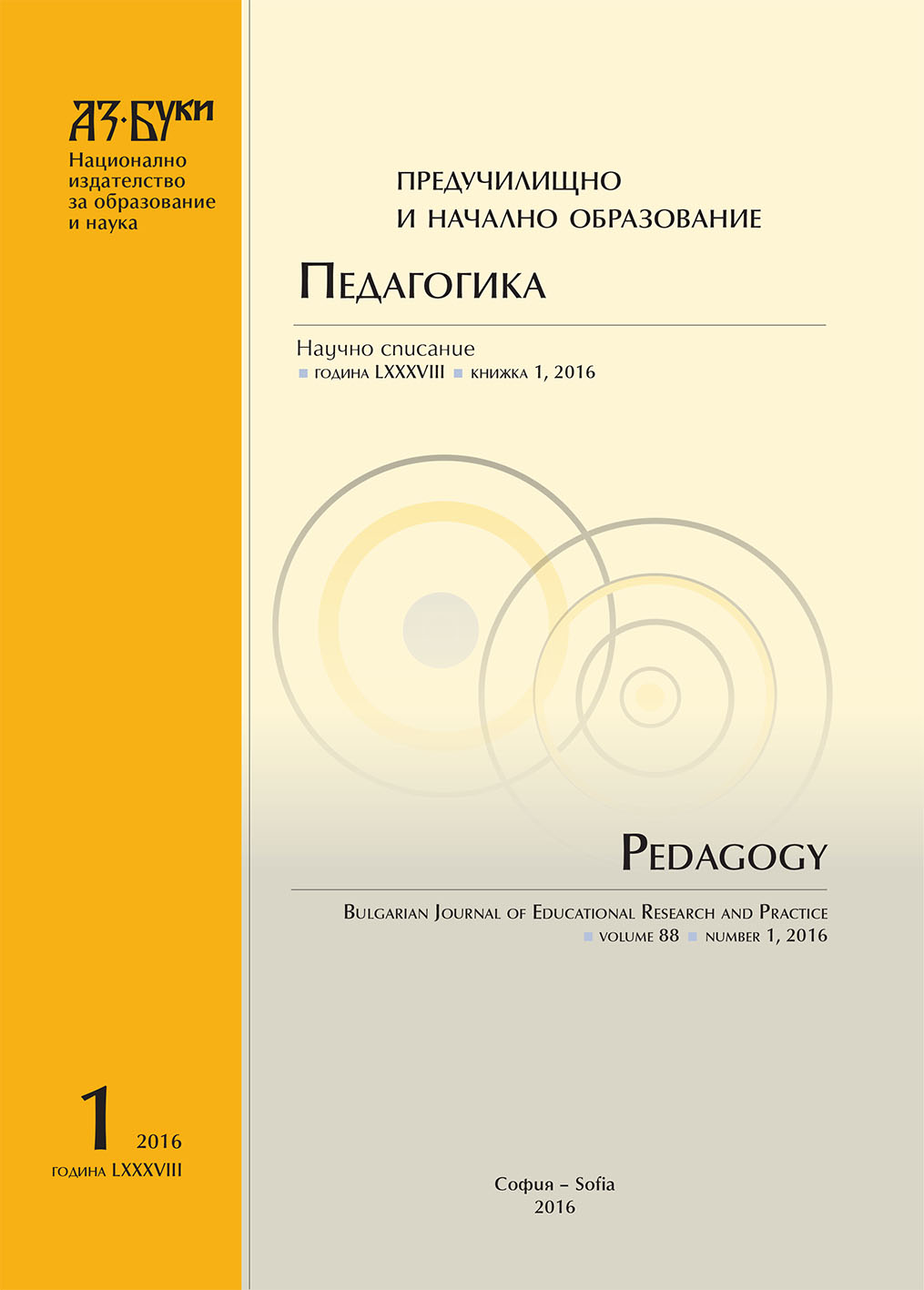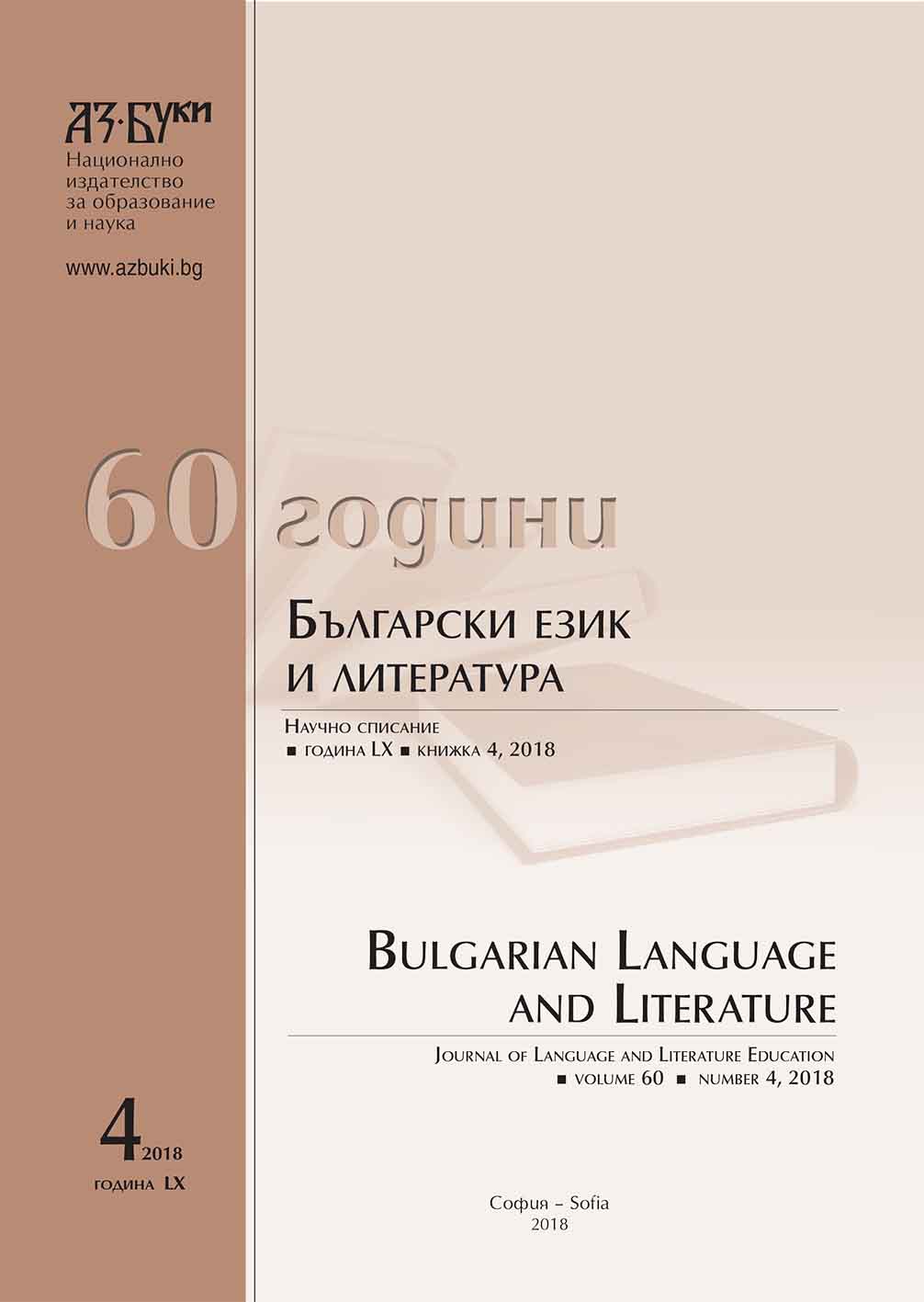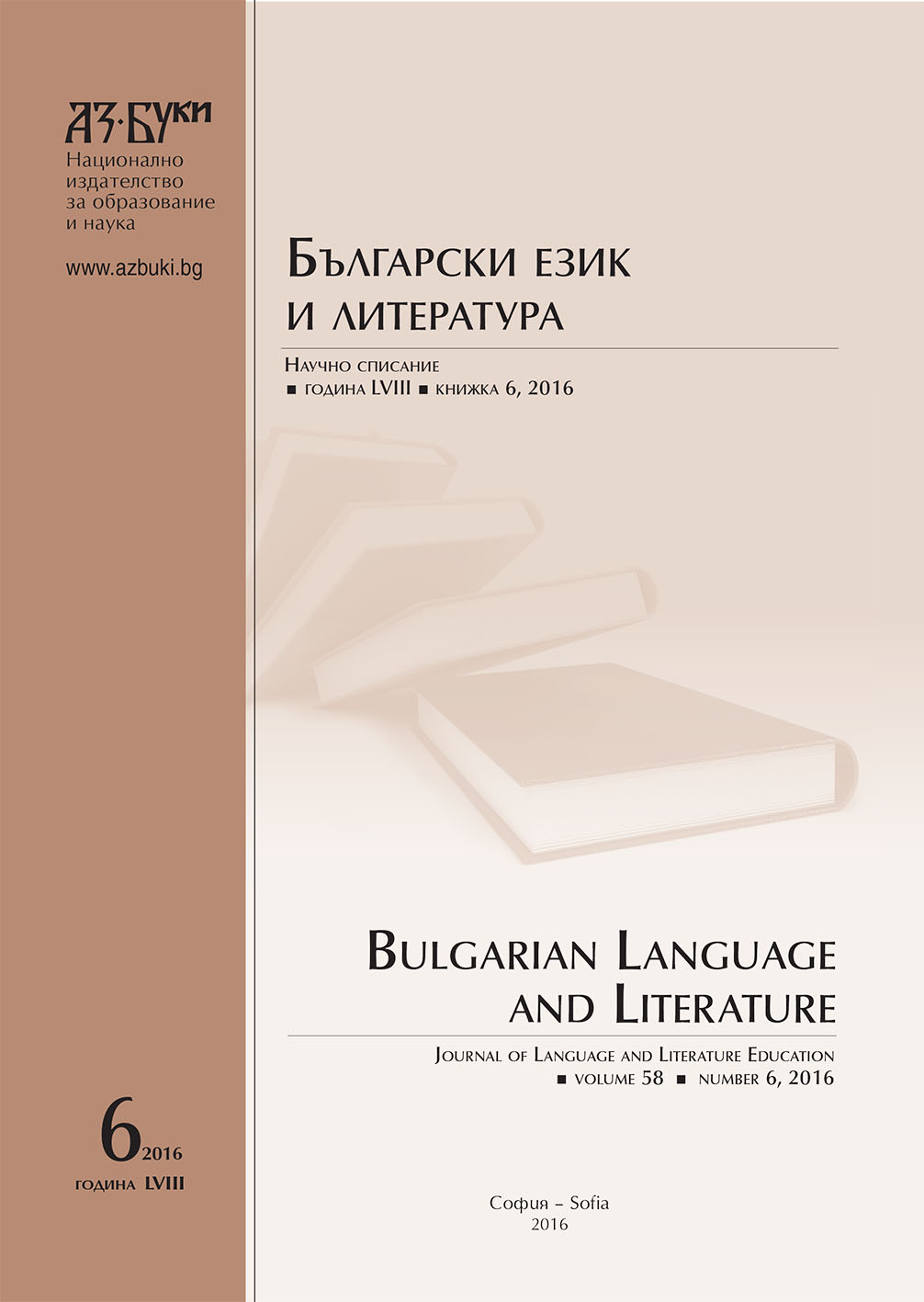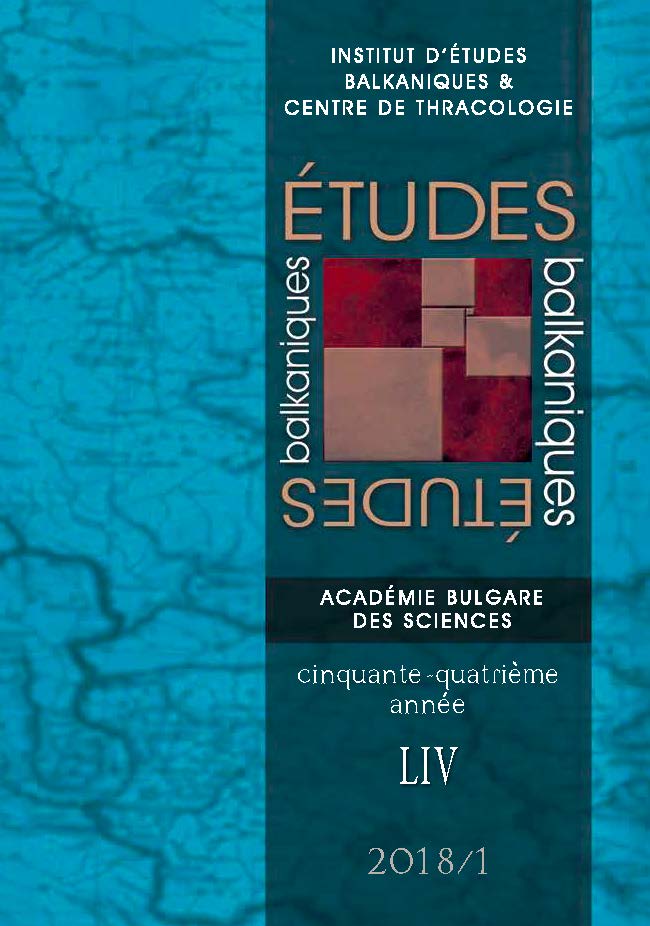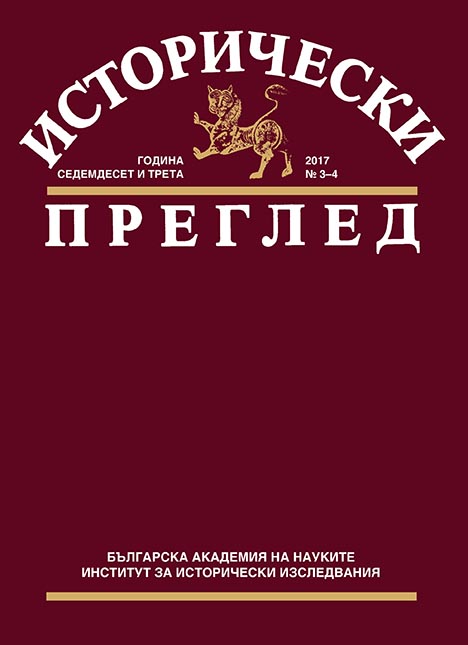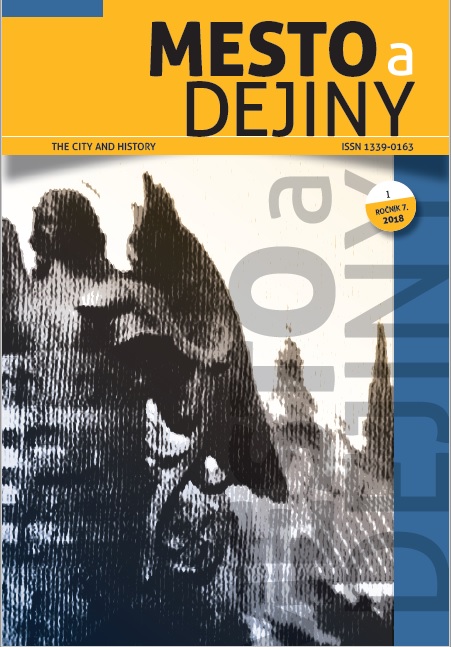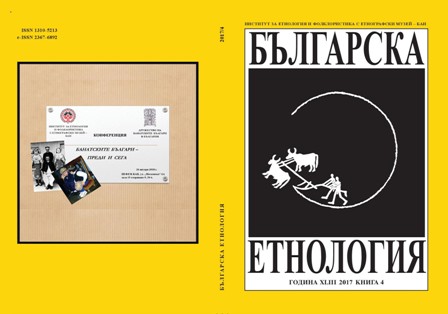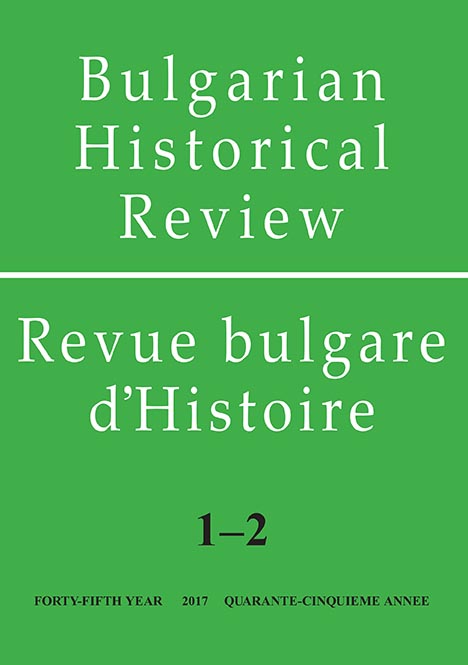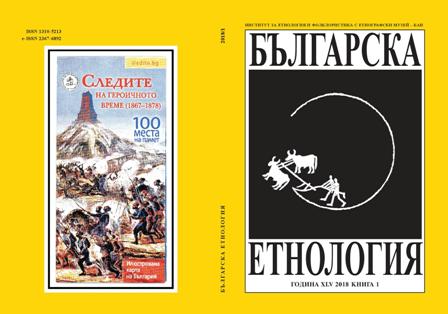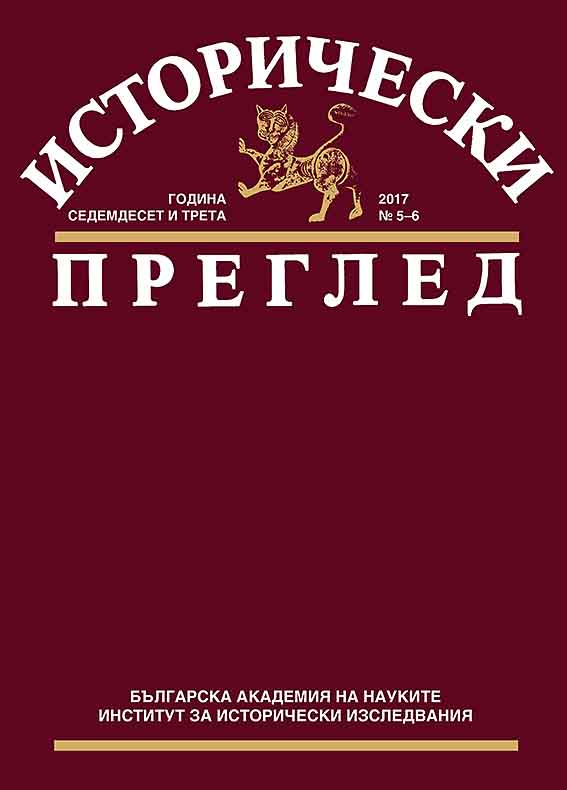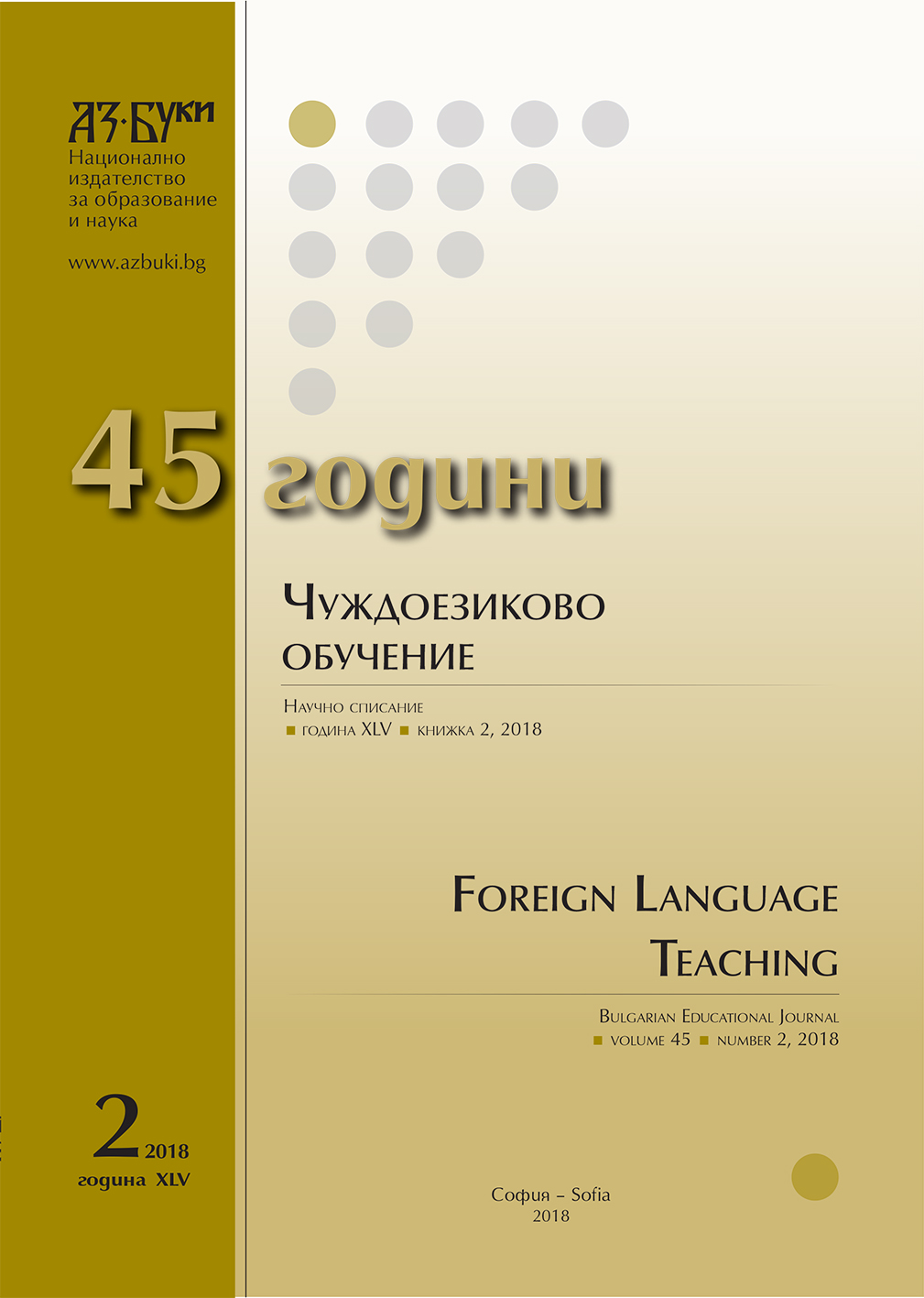
Чуждоезиковото обучение в България през 30-те години на XX в. – между каноничното и модернистичното
Interest in learning foreign languages in Bulgaria in the 1930s is a direct consequence of the cultural and educational progress and the advancement of modern language teaching across Europe. Publications on the principles and methods of foreign language teaching from that period highlight moot points and contradictions in different approaches to foreign language teaching in the European as well as the Bulgarian educational context. Such papers outline the historical development of FLT in Bulgaria and make up an essential part of our educational heritage since they reflect major trends in the nation’s cultural development in the early 20th century.
More...
